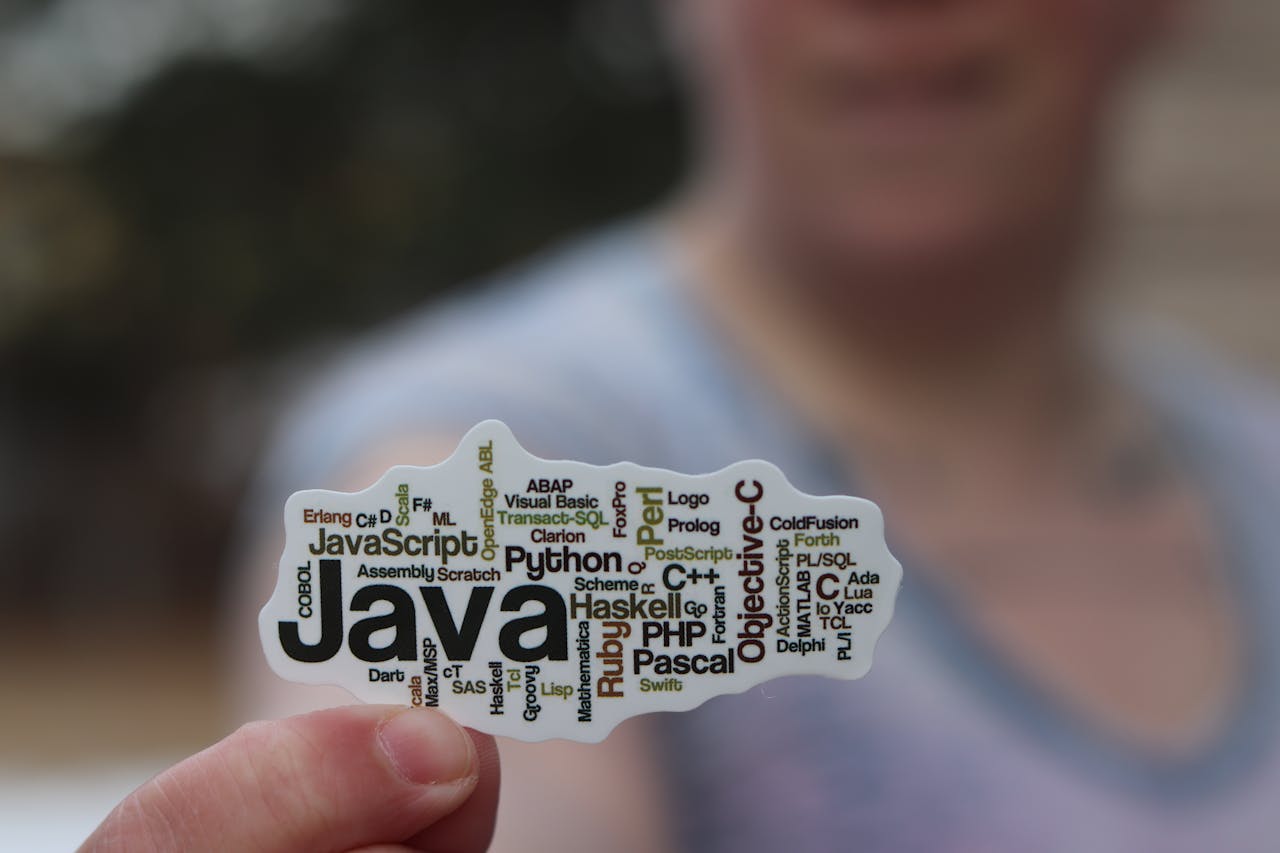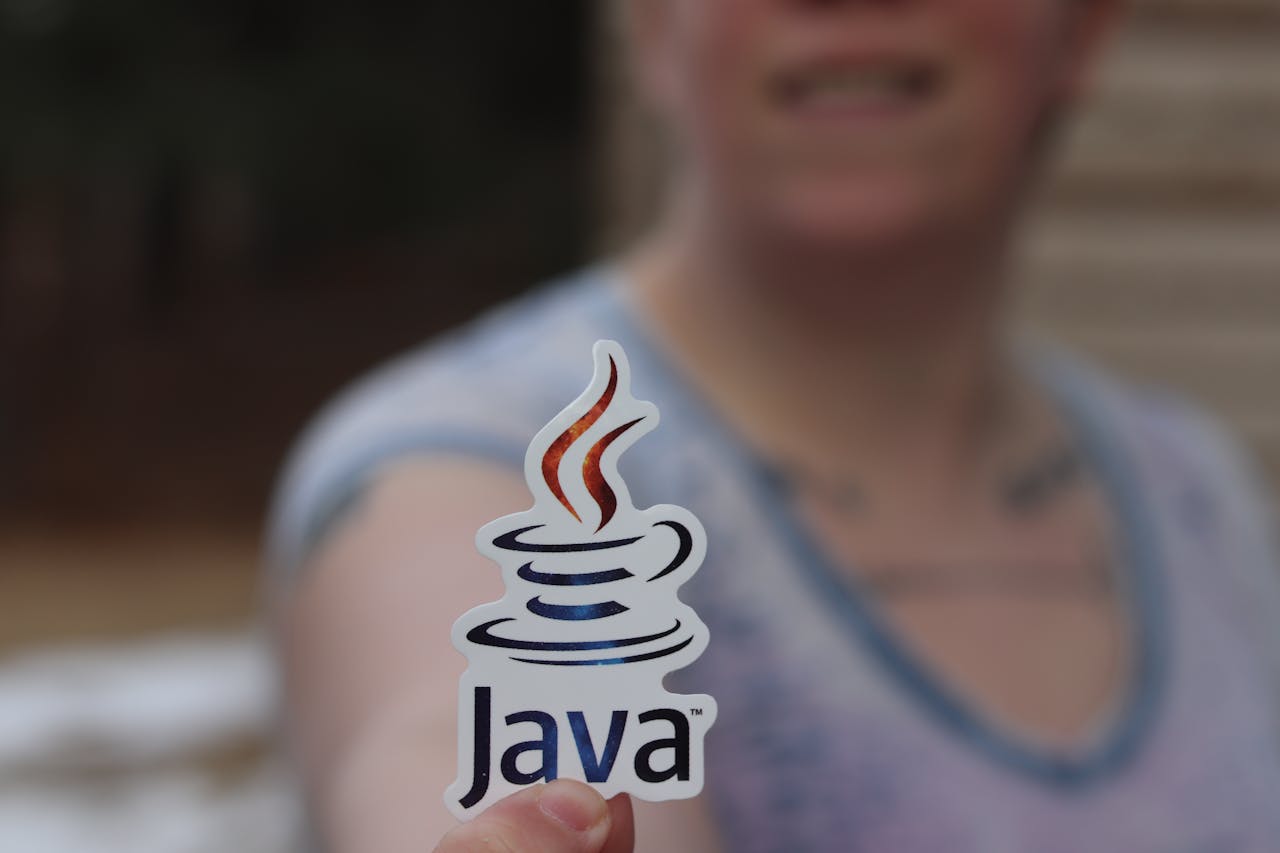In any robust application, handling errors and unexpected situations gracefully is crucial. Java provides a powerful mechanism known as exception handling to manage these situations effectively. This blog will introduce you to the concept of exceptions, how to handle them using try-catch blocks, the throws keyword, and some common exception types.
What are Exceptions?
An exception is an event that disrupts the normal flow of the program’s instructions. When an error occurs within a method, it creates an object and hands it off to the runtime system. This object, called an exception object, contains information about the error, including its type and the state of the program when the error occurred.
Types of Exceptions
- Checked Exceptions: These exceptions are checked at compile-time. Examples include IOException and SQLException.
- Unchecked Exceptions: These exceptions are not checked at compile-time but rather at runtime. Examples include NullPointerException and ArrayIndexOutOfBoundsException.
- Errors: These are serious issues that are generally outside the control of the application. Examples include OutOfMemoryError and StackOverflowError.
Handling Exceptions
Java uses a combination of try, catch, and finally blocks to handle exceptions.
Try-Catch Block
The try-catch block is used to catch exceptions that might be thrown within the try block. The catch block contains the code that handles the exception.
try {
// Code that might throw an exception
} catch (ExceptionType1 e1) {
// Handle exception of type ExceptionType1
} catch (ExceptionType2 e2) {
// Handle exception of type ExceptionType2
} finally {
// Code that will always execute, regardless of whether an exception is thrown or not
}
public class ExceptionHandlingExample {
public static void main(String[] args) {
try {
int[] numbers = {1, 2, 3};
System.out.println(numbers[5]); // This will throw ArrayIndexOutOfBoundsException
} catch (ArrayIndexOutOfBoundsException e) {
System.out.println("Array index is out of bounds!");
} finally {
System.out.println("This will always execute.");
}
}
}
Array index is out of bounds!
This will always execute.
The Throws Keyword
The throws keyword is used in a method signature to declare that the method might throw one or more exceptions. This allows the caller of the method to handle these exceptions.
public void someMethod() throws IOException, SQLException {
// Method code
}
import java.io.File;
import java.io.FileNotFoundException;
import java.util.Scanner;
public class ThrowsExample {
public static void main(String[] args) {
try {
readFile("nonexistentfile.txt");
} catch (FileNotFoundException e) {
System.out.println("File not found: " + e.getMessage());
}
}
public static void readFile(String fileName) throws FileNotFoundException {
File file = new File(fileName);
Scanner scanner = new Scanner(file);
while (scanner.hasNextLine()) {
System.out.println(scanner.nextLine());
}
}
}
File not found: nonexistentfile.txt (No such file or directory)
Common Exception Types
NullPointerException: Thrown when an application attempts to use null where an object is required.
String str = null;
System.out.println(str.length()); // Throws NullPointerException
ArrayIndexOutOfBoundsException: Thrown to indicate that an array has been accessed with an illegal index.
int[] numbers = {1, 2, 3};
System.out.println(numbers[5]); // Throws ArrayIndexOutOfBoundsException
IOException: Thrown when an I/O operation fails or is interrupted.
import java.io.File;
import java.io.FileReader;
import java.io.IOException;
public class IOExceptionExample {
public static void main(String[] args) {
try (FileReader fileReader = new FileReader(new File("file.txt"))) {
// Code to read file
} catch (IOException e) {
e.printStackTrace();
}
}
}
Benefits of Exception Handling
- Separates Error-Handling Code from Regular Code: By using try-catch blocks, you can separate the error-handling code from the regular code, making it easier to read and maintain.
- Propagates Errors Up the Call Stack: The throws keyword allows you to propagate errors up the call stack, enabling higher-level methods to handle exceptions.
- Groups and Differentiates Error Types: By catching different types of exceptions, you can handle different error conditions differently, providing more precise error handling.
Conclusion
Exception handling is a crucial part of writing robust and error-free Java applications. By using try-catch blocks, the throws keyword, and understanding common exception types, you can write code that gracefully handles errors and unexpected situations. This ensures that your application remains reliable and maintains a good user experience even when things go wrong.




